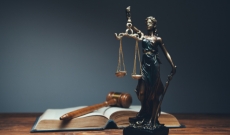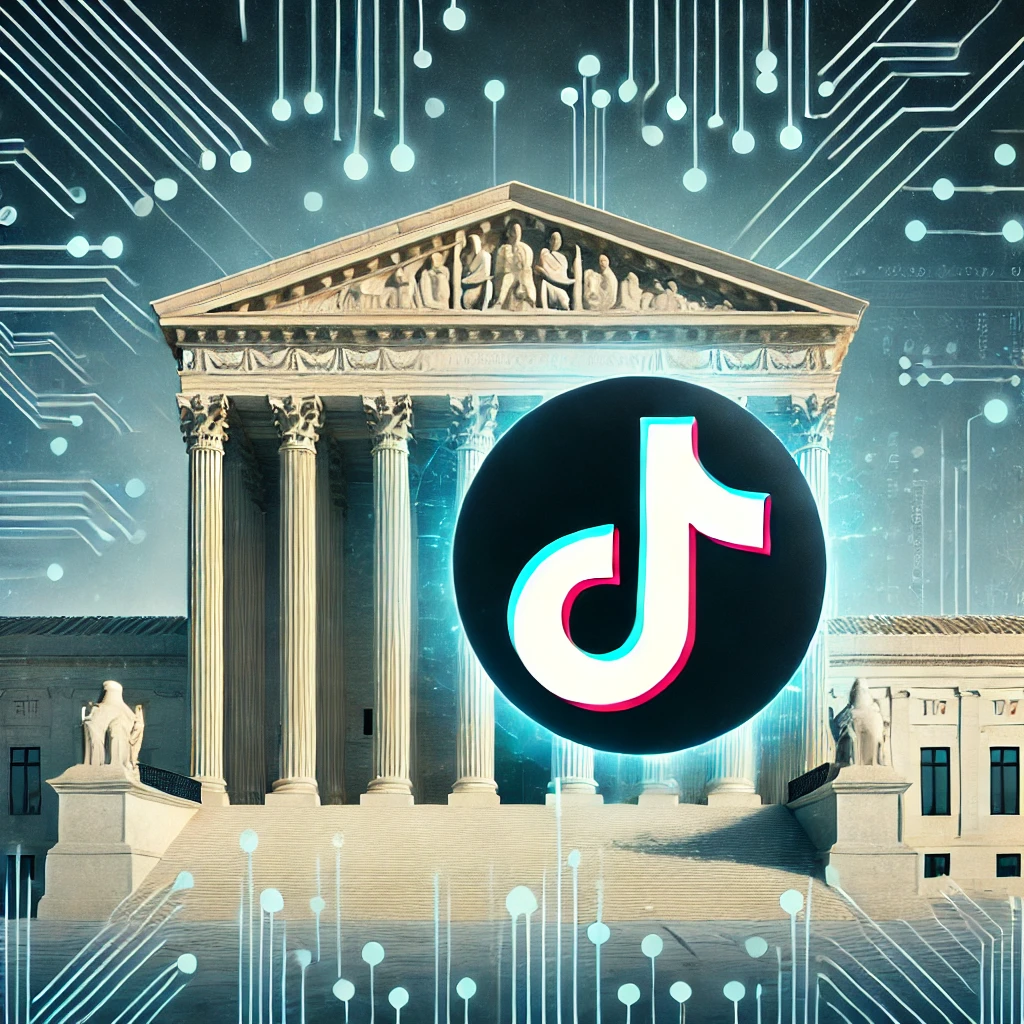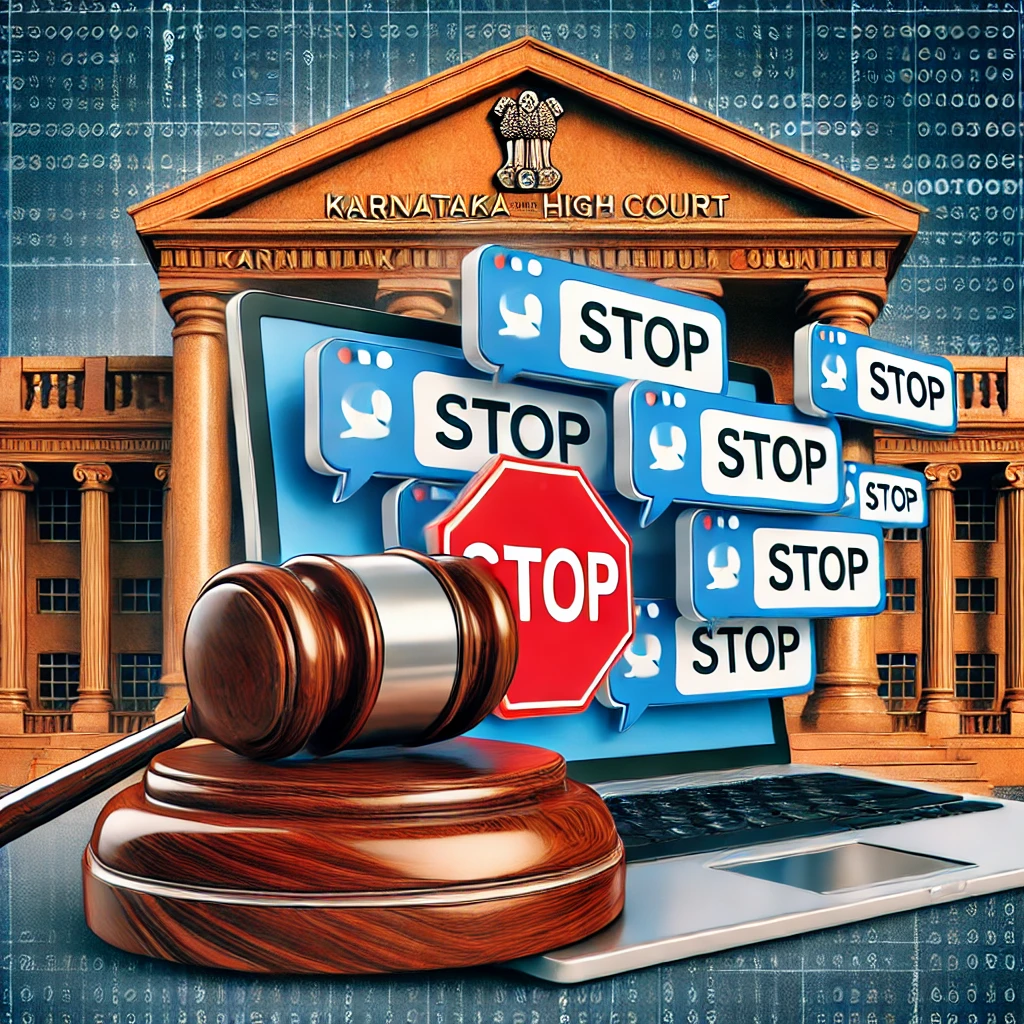Media laws at Laos
Media Laws in Laos
Laos is a one-party state, and its media laws reflect the government's tight control over the flow of information. While freedom of speech and press freedom are formally guaranteed by the Constitution, in practice, the government heavily regulates and monitors the media, ensuring it aligns with its political agenda and policies. There is little room for independent media, and journalists face significant restrictions, especially regarding criticizing the government or reporting on sensitive issues like corruption or political dissent.
Here is an overview of media laws in Laos:
1. Constitutional and Legal Framework
A. Constitution of Laos
The Constitution of Laos (adopted in 2015) formally guarantees freedom of expression under Article 41, which states that "Citizens have the right to freedom of expression, freedom of speech, freedom of press, freedom of assembly, and freedom of association."
However, these rights are limited by laws that are often framed in terms of protecting the interests of the state and maintaining public order, as well as national security.
B. Law on Media (2013)
The Law on Media (2013) is the primary law governing the media in Laos. It regulates all forms of media, including print, broadcast, and online content.
The law emphasizes the role of the media in supporting the government’s policies and maintaining social stability.
Article 7 of the Law states that media should serve as a tool to strengthen the People's Democratic Republic and should “not harm the interests of the state, public order, or national security.”
The law grants the Lao Ministry of Information, Culture, and Tourism (MICT) the authority to oversee media operations, ensuring compliance with the law, and mandates that all media outlets must register with the government.
2. Key Media Laws and Regulations
A. Law on Media (2013)
The Law on Media grants the government broad powers to control the content and functioning of the media. The law requires that all media outlets adhere to the government’s directives and avoid content that could potentially challenge the ruling Lao People’s Revolutionary Party (LPRP).
The law imposes restrictions on the type of content that can be disseminated in the media. For example:
Criticism of government leaders or policies is strictly prohibited.
Content that undermines national unity, promotes ethnic division, or spreads rumors is also banned.
The government maintains control over foreign news that is broadcast in the country, ensuring it does not contain hostile or anti-government messages.
B. Law on Internet and Telecommunications (2009)
The Law on Internet and Telecommunications regulates internet access and use in Laos, focusing heavily on controlling online content.
Under this law, internet service providers (ISPs) are required to cooperate with government authorities in monitoring online activities and must remove content deemed inappropriate or against national interests.
Social media platforms are subject to strict monitoring and are required to comply with content control guidelines. For instance, any content that criticizes the government, promotes political dissent, or challenges the leadership is usually removed.
Internet users can be punished for publishing content that violates state laws, and bloggers or online activists critical of the government have been subject to detention and harassment.
C. Criminal Code (2011)
The Criminal Code of Laos includes provisions that penalize those who spread content that undermines the government, public order, or national security.
Defamation and incitement charges are commonly used to suppress dissenting voices. Defamation laws are often applied to journalists, activists, or bloggers who criticize the government.
Article 65 of the Criminal Code, for example, penalizes individuals who engage in acts of defamation or false reporting, especially when directed at government officials.
3. Regulatory Bodies
A. Ministry of Information, Culture, and Tourism (MICT)
The Ministry of Information, Culture, and Tourism is the primary government body responsible for overseeing and regulating all forms of media in Laos, including television, radio, print, and online outlets.
The MICT ensures that media content is in line with government policies and is responsible for issuing media licenses and enforcing censorship.
The Ministry also has the authority to shut down media outlets or restrict access to content deemed contrary to the Lao government’s interests.
B. Lao Journalists Association (LJA)
The Lao Journalists Association (LJA) is a professional organization that works under the supervision of the government and helps maintain journalistic standards. However, its role is often seen as more of a state-controlled body rather than an independent entity that advocates for press freedom.
4. Press Freedom and Media Environment
Press Freedom: Laos is ranked low in terms of press freedom by international organizations. The country is classified as “Not Free” by Freedom House, with heavy state censorship and a limited space for independent journalism.
The government’s control over the media is extensive, and the media landscape is highly restricted. All major news outlets are either state-owned or government-controlled.
Journalists and media outlets in Laos face significant censorship, and reporting on certain issues, such as corruption, human rights abuses, or political dissent, can lead to arrest, harassment, and imprisonment.
Media outlets are required to adhere to the party line and cannot publish content that criticizes the Lao People’s Revolutionary Party or its leaders.
Self-Censorship: Journalists in Laos often practice self-censorship to avoid government retaliation. Reporting is frequently shaped by fear of government punishment, and critical or investigative journalism is rare.
Limited Space for Independent Media: While there are some private media outlets in Laos, their independence is limited. Most media, including radio and TV stations, are state-run or closely aligned with the government. Independent media outlets or foreign-based organizations often face intimidation and censorship if they attempt to operate or report on sensitive political or social issues.
5. Defamation and Libel
Defamation laws are frequently used as a tool to silence criticism of government officials or institutions.
Defamation is a criminal offense in Laos, and journalists can face significant penalties for publishing content deemed defamatory or insulting to public officials or government institutions.
Libel laws are applied in a broad manner, and government officials or individuals in power can sue media outlets or journalists for publishing false or damaging content. These laws are used as a tool for political control to discourage critical reporting.
6. Social Media and Online Content
Online Censorship: Social media platforms and internet content are heavily monitored and censored in Laos. The government has the ability to block access to specific websites and social media pages that are seen as promoting political dissent, anti-government rhetoric, or foreign influence.
The government actively monitors online activity, and users can face harassment or detention for engaging in online activities deemed inappropriate or critical of the government.
Bloggers, activists, and social media influencers critical of the government have been arrested or subjected to state-sponsored persecution.
7. Hate Speech and Content Regulation
The government uses laws against hate speech and content that threatens public order to justify its strict control over the media. However, these laws are often used to silence opposing views and criticism rather than to protect social harmony.
The government’s use of content regulation often focuses on preventing any media that could undermine the Lao People's Revolutionary Party or national unity, as well as foreign media that might be seen as promoting Western values or opposing government policies.
8. International Considerations and Challenges
International Pressure: Laos faces pressure from international human rights organizations, such as Reporters Without Borders and Freedom House, which consistently rank the country low in terms of press freedom and freedom of expression.
However, Laos is relatively resistant to external influence, as the government maintains a strict stance on media control and has limited international engagement on these issues.
Regional Influences: Laos is a member of the Association of Southeast Asian Nations (ASEAN), but its media policies remain largely insulated from regional calls for greater press freedom. Media freedom remains tightly controlled within the country.
Summary Table: Media Laws in Laos
| Aspect | Status |
|---|---|
| Freedom of Press | Limited; highly restricted by government control and censorship |
| Defamation | Criminal offense; often used against journalists and media outlets for publishing critical content |
| Broadcasting | State-controlled; very limited space for independent broadcasters |
| Social Media Regulation | Strict monitoring and censorship; content critical of the government can lead to penalties |
| Press Complaints | Legal complaints can be made but are heavily controlled by the government |
| Public Media | State-run and heavily influenced by the government; limited independence |
| Media Ownership | Mostly state-controlled or aligned with the government |
| Hate Speech | Regulated but often used to suppress opposing views or criticism of the government |
| Censorship | Extensive government censorship of media and online content, particularly concerning politics and national security |
Conclusion:
Laos has a highly restricted media environment where the government exerts tight control over both traditional and digital media. Despite constitutional guarantees of freedom of expression, media outlets face significant challenges in operating independently. The Law on Media and other regulations enforce state control, and any media critical of the government or ruling party is subject to censorship, harassment, or legal action. Journalists and online activists face intimidation, defamation charges, and even imprisonment for dissenting opinions. The media landscape is shaped by government policies that prioritize maintaining political stability and social order, often at the expense of press freedom.




















0 comments